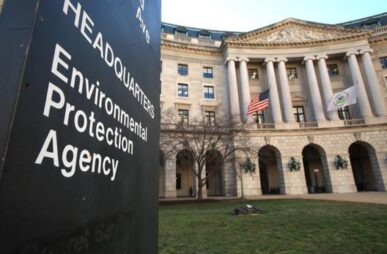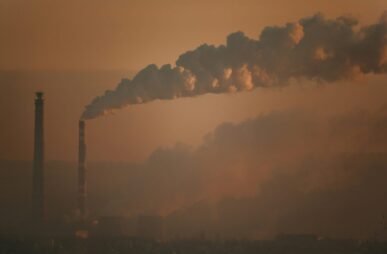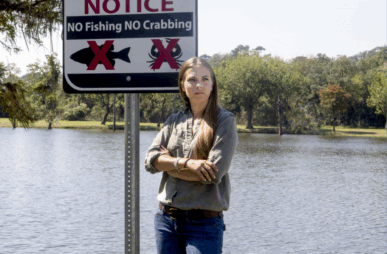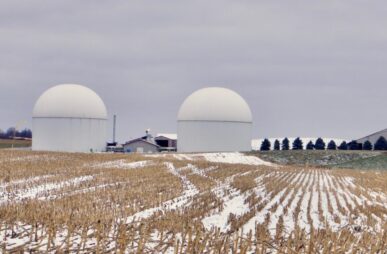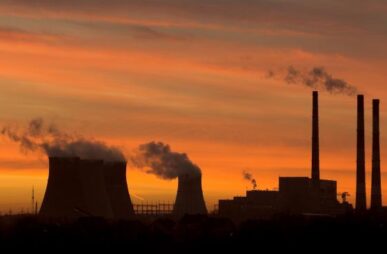Q&A: A feared return to the “dark ages of science” seen in EPA’s dismantling of research unit
By Meg Wilcox
The Environmental Protection Agency (EPA) confirmed on Friday a plan to eliminate its science research arm in a move critics say will significantly undermine protections for human and environmental health.
